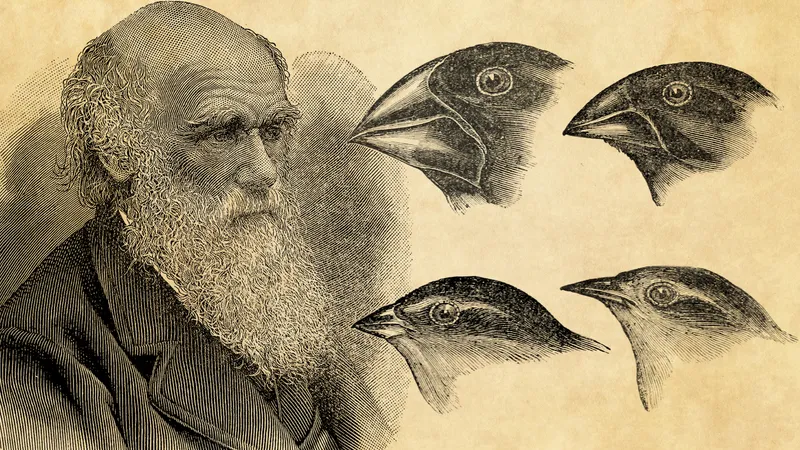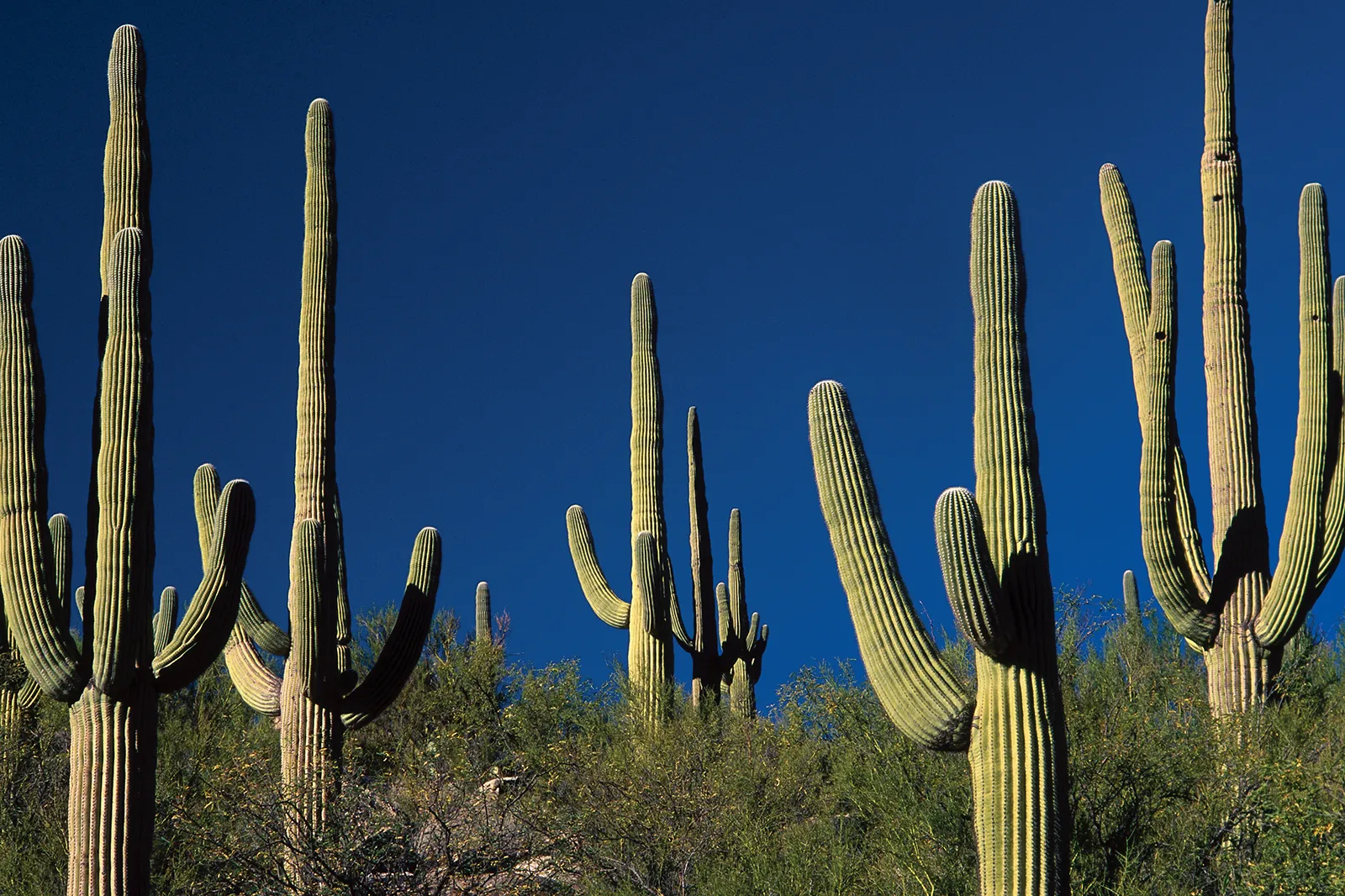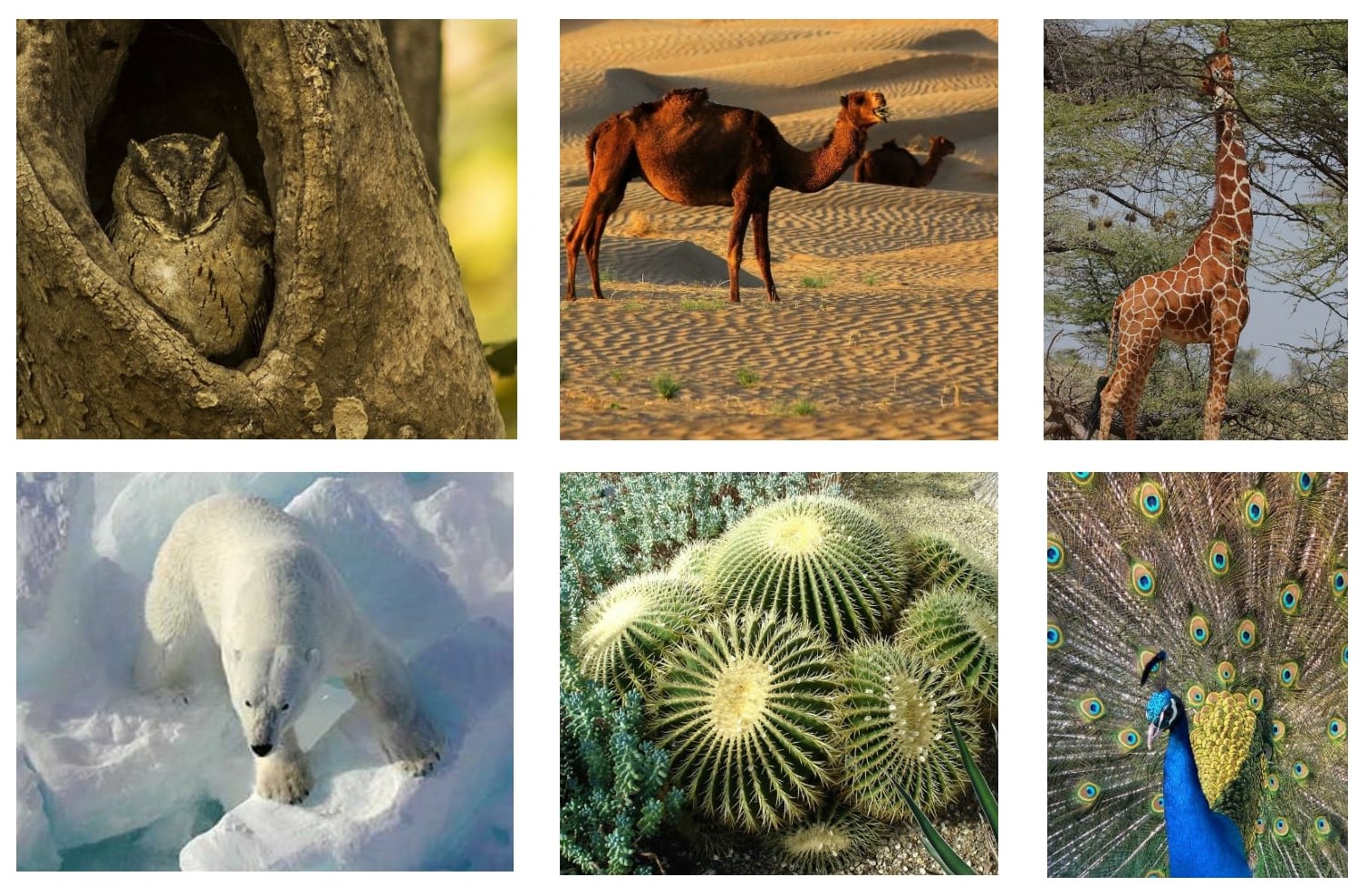Evolution is one of the most fascinating things for me in this world. Nature’s ability to adapt to the most cruel of conditions blows my mind every time I try to fathom it. Thanks to this amazing adaptation skill we, humans, eventually came to be.
Let’s explore a bit more just how capable Mother nature is.
Charles Darwin was the first one to explore and find out about this phenomenon.
With the publication of On the Origin of Species in 1859, he advanced a view of the development of life on earth that profoundly shaped nearly all biological and much philosophical thought which followed.


Structural and Behavioral Adaptations
An adaptation can be structural, meaning it is a physical part of the organism. An adaptation can also be behavioral, affecting the way an organism responds to its environment.
Adaptations that develop in response to one challenge sometimes help with or become co-opted for another. Feathers were probably first adaptations for tactile sense or regulating temperature.
An example of a structural adaptation is the way some plants have adapted to life in dry, hot deserts.
Habitat
Adaptations often develop in response to a change in the organisms’ habitat.
A famous example of an animal adapting to a change in its environment is England’s peppered moth. As the Industrial Revolution changed the environment, the appearance of the peppered moth changed.
The darker-colored moths, which were rare, began to thrive in the urban atmosphere. Their sooty color blended in with the trees, which were stained by industrial pollution. Birds couldn’t see the dark moths as well, so they ate the cream-colored moths instead.


Animals and nature as a whole sure has a way to come out on top each time. Adaptation is a difficult process that takes a long time, but one thing is for sure – it works wonders for those struggling under certain conditions.
And that’s why, I think, it is so fascinating…

Pretty cool